Graffiti has been part of human expression for millennia, long before spray cans and street art. These inscriptions, etched into stone, walls, and temples, offer glimpses into everyday life: love triangles, religious pleas, work crews joking, and even ancient Yelp reviews. Below are standout examples spanning continents and centuries.
Winged Lions & Desert Menagerie
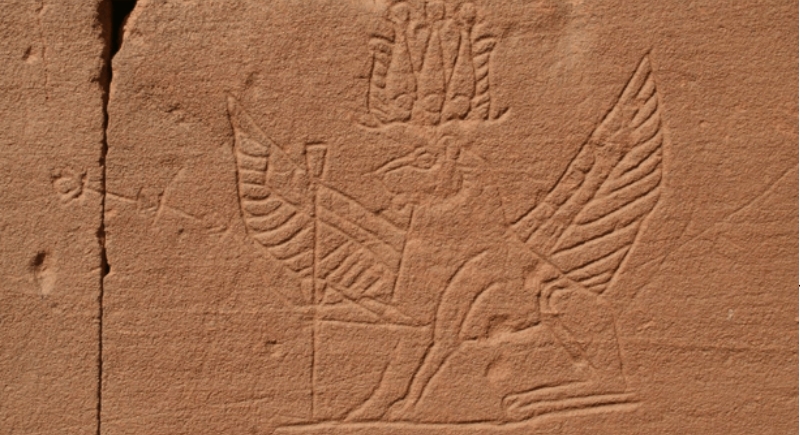
Deep in Sudan’s Great Enclosure at Musawwarat es‑Sufra, stone walls host drawings of crocodiles, elephants, baboons, and a winged lion crowned for the god Apedemak. Scholars think these images, dated 3rd century BC to 1st century AD, might be map rooms used for animal pens or religious rituals.
Rivalry in Pompeii
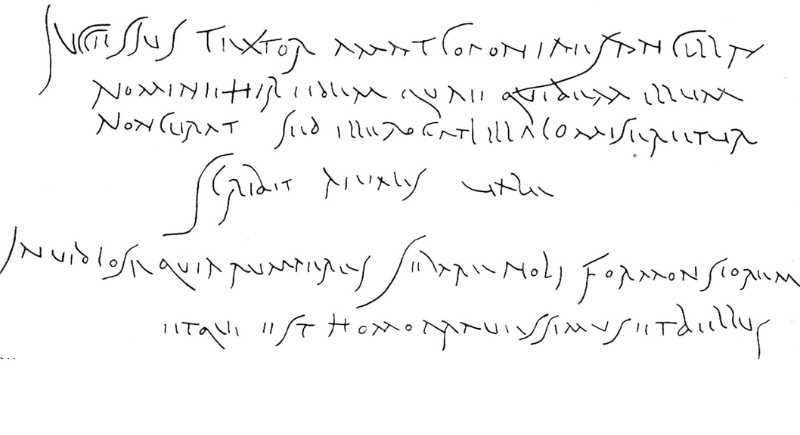
Inside a Pompeian inn, two men argued in ink over a barmaid named Iris. Severus branded Successus envious; Successus cheekily crowned himself more handsome and more fun. This fiery exchange, carved before Vesuvius’s eruption in 79 AD, feels like the original social media feud—heartfelt, petty, public.
“We Were Here” in Pompeii
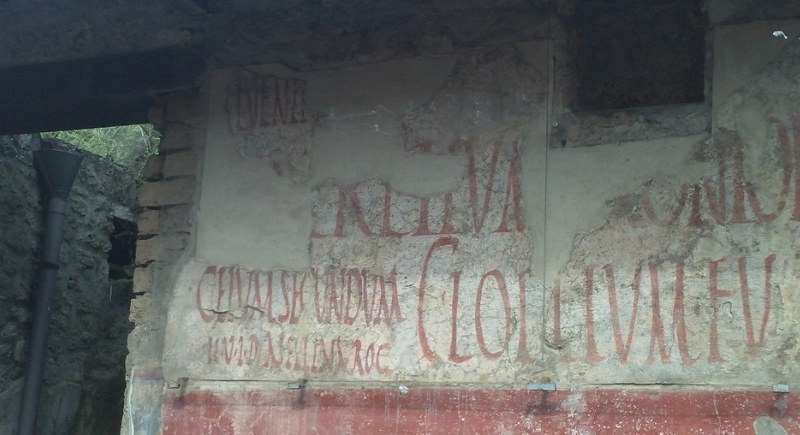
One inscription reads: “Gaius Pumidius Diphilus was here,” dated 78 BC—the earliest known graffiti in Pompeii. Another adds: “We, two dear men, friends forever, were here.” These casual tags show that marking territory and declaring friendship isn’t just a modern habit but part of human nature.
Roman Word Square Challenge
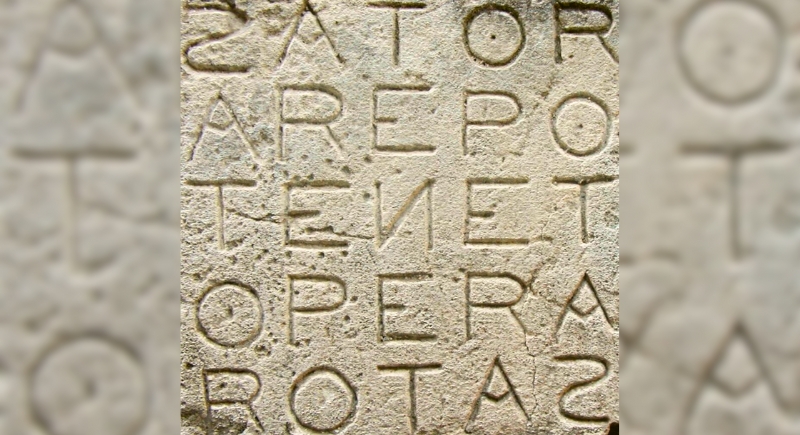
In Smyrna (modern Turkey), a 177 CE graffito features a Greek word square of five five-letter words that read the same horizontally and vertically. Found in a basilica’s basement post-earthquake, this clever inscription suggests someone passed the time with linguistic games.
Wildlife Hunting Scenes
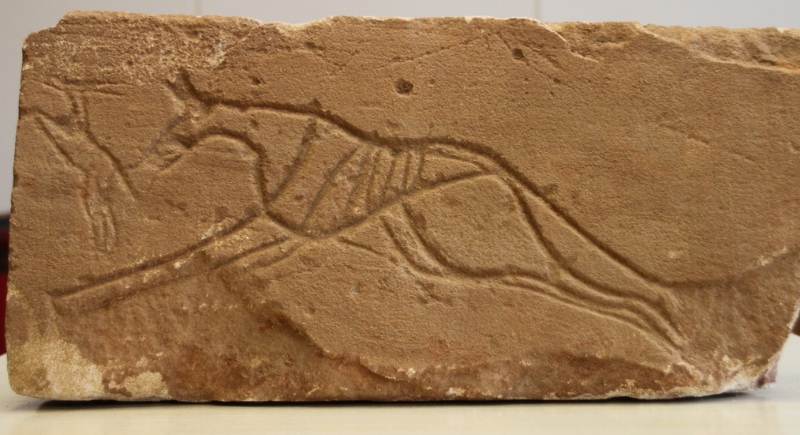
Another corner of Musawwarat bears hunting scenes: dogs chasing prey, hunters swinging sticks. Ethnoarchaeologists say those tools match ethnographic records of Sudanese hunters. These are snapshots of daily life, skill sets, and maybe even rituals shared by those who lived there.
Pyramid Crew Tagging
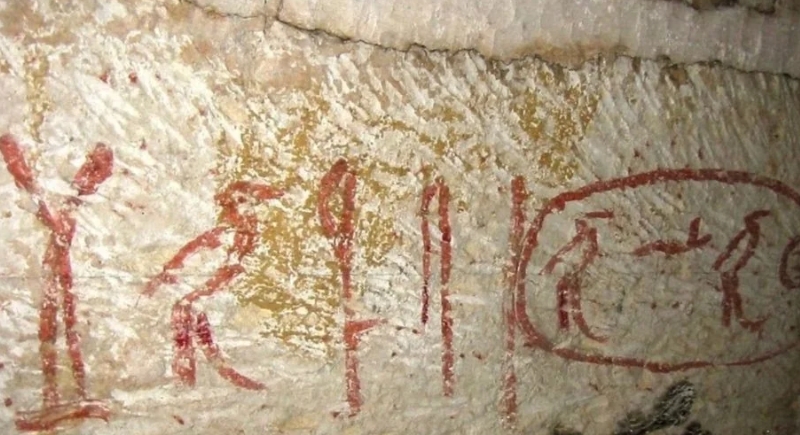
Labor gangs left graffiti on Giza’s pyramid stones like “Drunks of Menkaure” and “Friends of Khufu Gang.” These crew names assert pride and rivalry during a colossal monument built in 2550 BC. One gang on one side, another on the opposite. It was ancient team branding before team shirts.
Egyptian Tourist Review
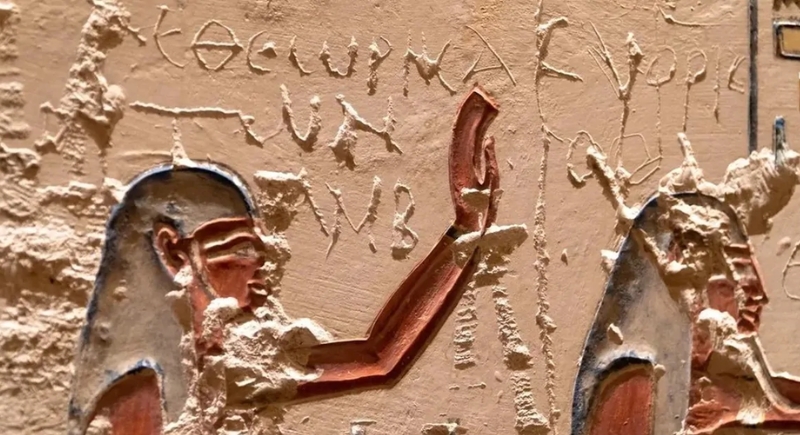
A visitor grumbled in Pharaoh Ramesses VI’s Valley of the King’s tomb: “I visited, and I did not like anything except the sarcophagus!” Over a thousand carvings recorded tourist thoughts, some expressing awe and others expressing annoyance. It turns out travel gripes have been going on for thousands of years.
Love Poem Staircase
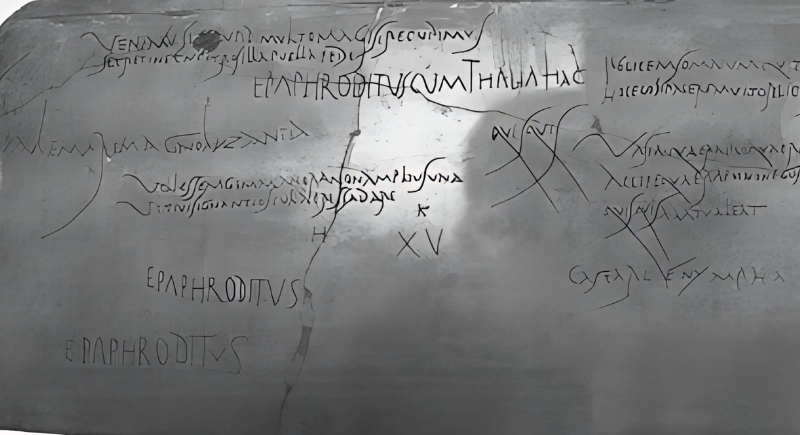
Vertical Latin love poems adorn the staircase in Pompeii’s House of Maius Castricius. Written in tidy columns, these verses mix poetry, doodling, and expressing affection over daily steps. It’s like a domestic gallery of personal emotion, frozen in plaster before nature reclaimed the town.
Phoenician Pilgrims in Abydos
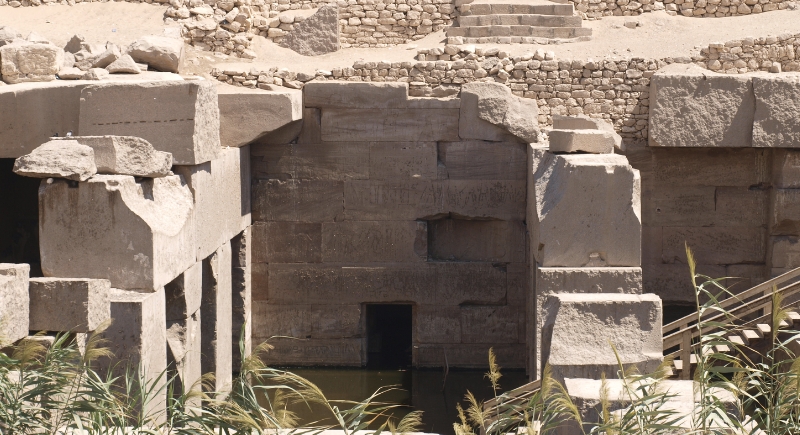
Long before Egypt became a tourist destination, travelers from the Levant left their own marks at the Temple of Seti I. Their messages, carved between the hieroglyphs, appear in Phoenician and Aramaic, quietly asking for blessings or recording a safe journey. Walk these halls today, and you’ll find a mix of languages—evidence of ancient visitors blending into the spiritual crowd.
Megalithic Symbols in India
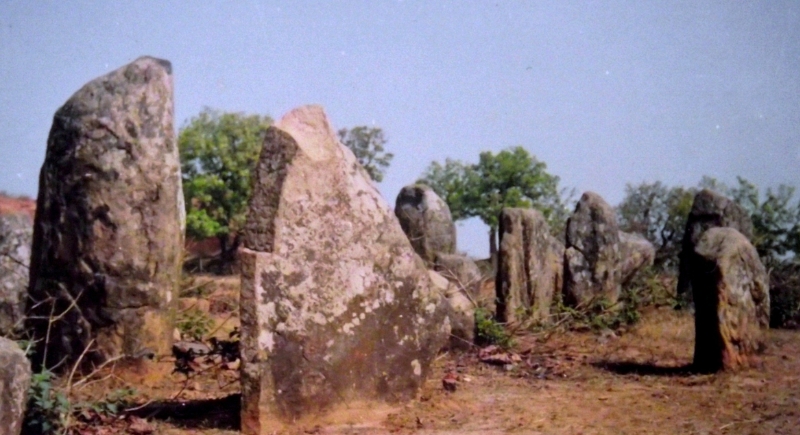
Dig through India’s megalithic burial grounds and you’ll turn up pottery scratched with odd signs—loops, lines, and marks that still defy translation. Some echo the look of the lost Indus script. No one knows for sure what they meant. Names? Prayers? Some private code? Their purpose is buried with the people who used them, but their puzzle endures.
Maya Messages at Tikal
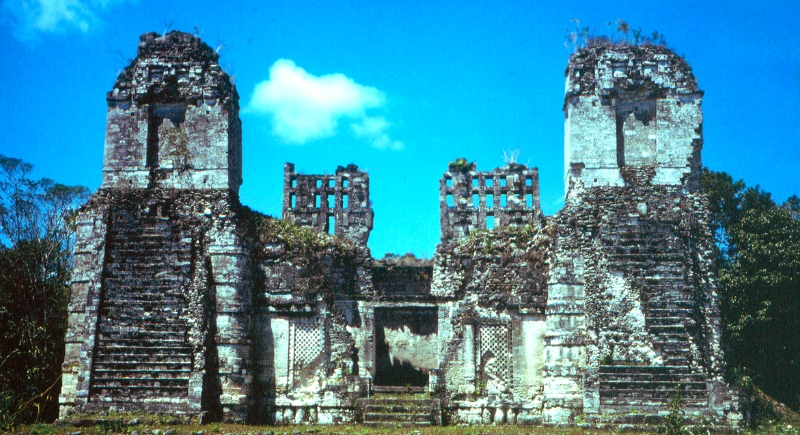
At Tikal and Río Bec, ancient graffiti covers walls, floors, and benches with drawings of people, temples, animals, and scenes of sacrifice. Most of these were made between 550 and 950 AD, likely by members of the elite rather than visitors. Unlike the grand murals meant for ceremony, these informal carvings capture details of daily life and personal moments that official art never touched.
Crosses and Feet on Socotra
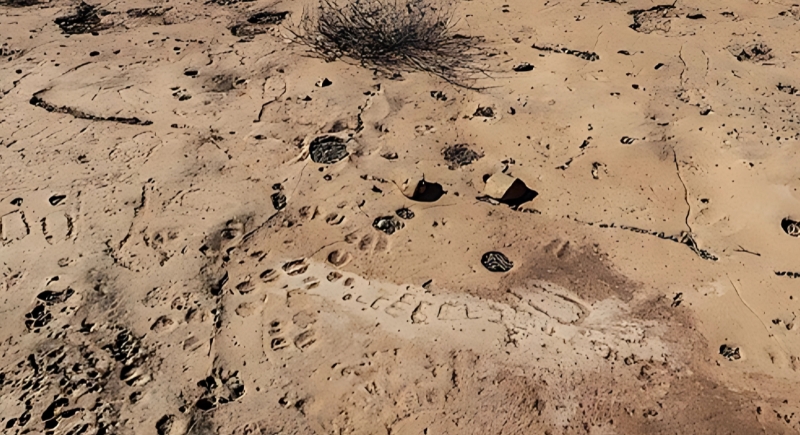
Rock carvings on Socotra Island in Yemen show foot shapes, crosses, animals, and geometric patterns. Some date from the 4th–5th century AD Christian pilgrims, while others might go back millennia. This mix hints at evolving rituals and passing travelers scratching symbols in the landscape.
Ancient Yelp: Bread Complaints
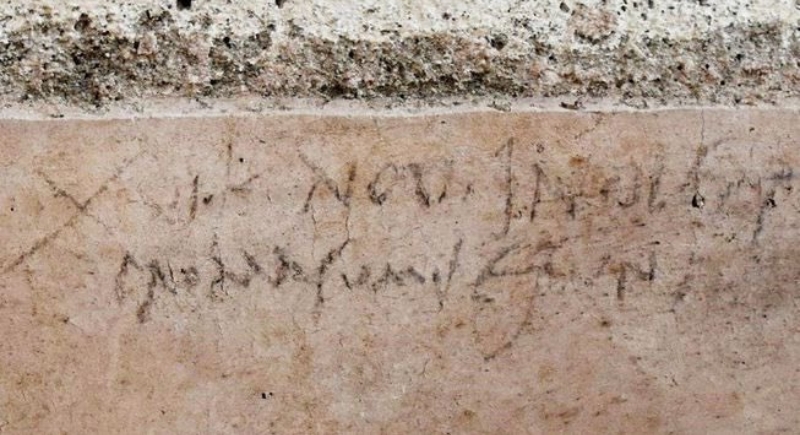
In Pompeii, one message laments, “Traveler, you eat bread in Pompeii but go to Nuceria to drink. At Nuceria, the drinking is better.” Another confesses, “We have wet the bed… no chamber pot.” Like social media rants, these inscriptions voiced complaints for all passersby to see.
Maya Ballgame Graffiti
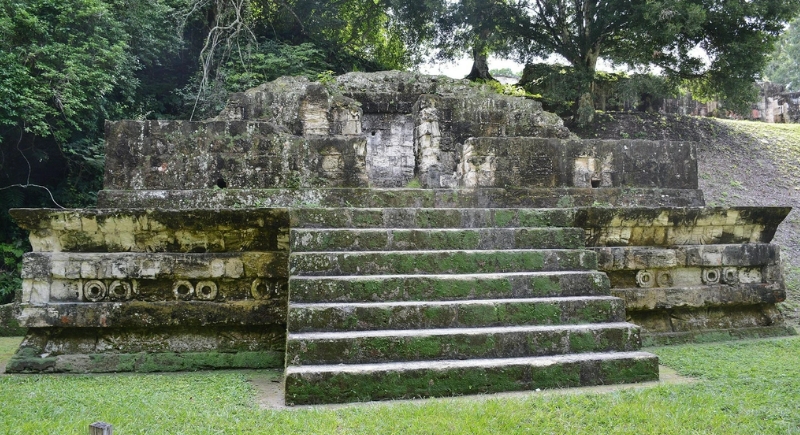
In ancient Maya cities, benches and stone floors sometimes came with their own built-in board games. One can spot carved diagrams for patolli and ballgame layouts—quick sketches of playtime, right next to the formal grandeur. Rituals and recreation blurred together here, the evidence scratched in for whoever had a little time to kill.
Phoenician Rock at Abydos
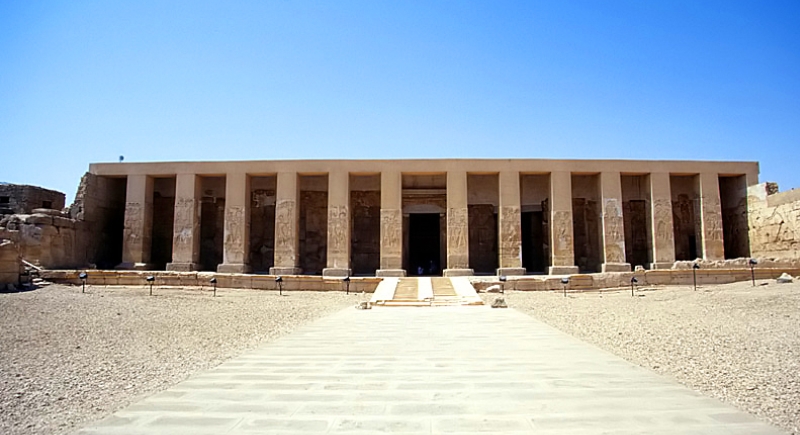
The walls at Abydos hold more than just Egyptian prayers. Centuries ago, Phoenician travelers scratched Aramaic lines into the temple stone, slipping their own words in beside the local hieroglyphs. Their messages—short, hopeful, personal—are still there, waiting for the gods or maybe just for someone to read them again.